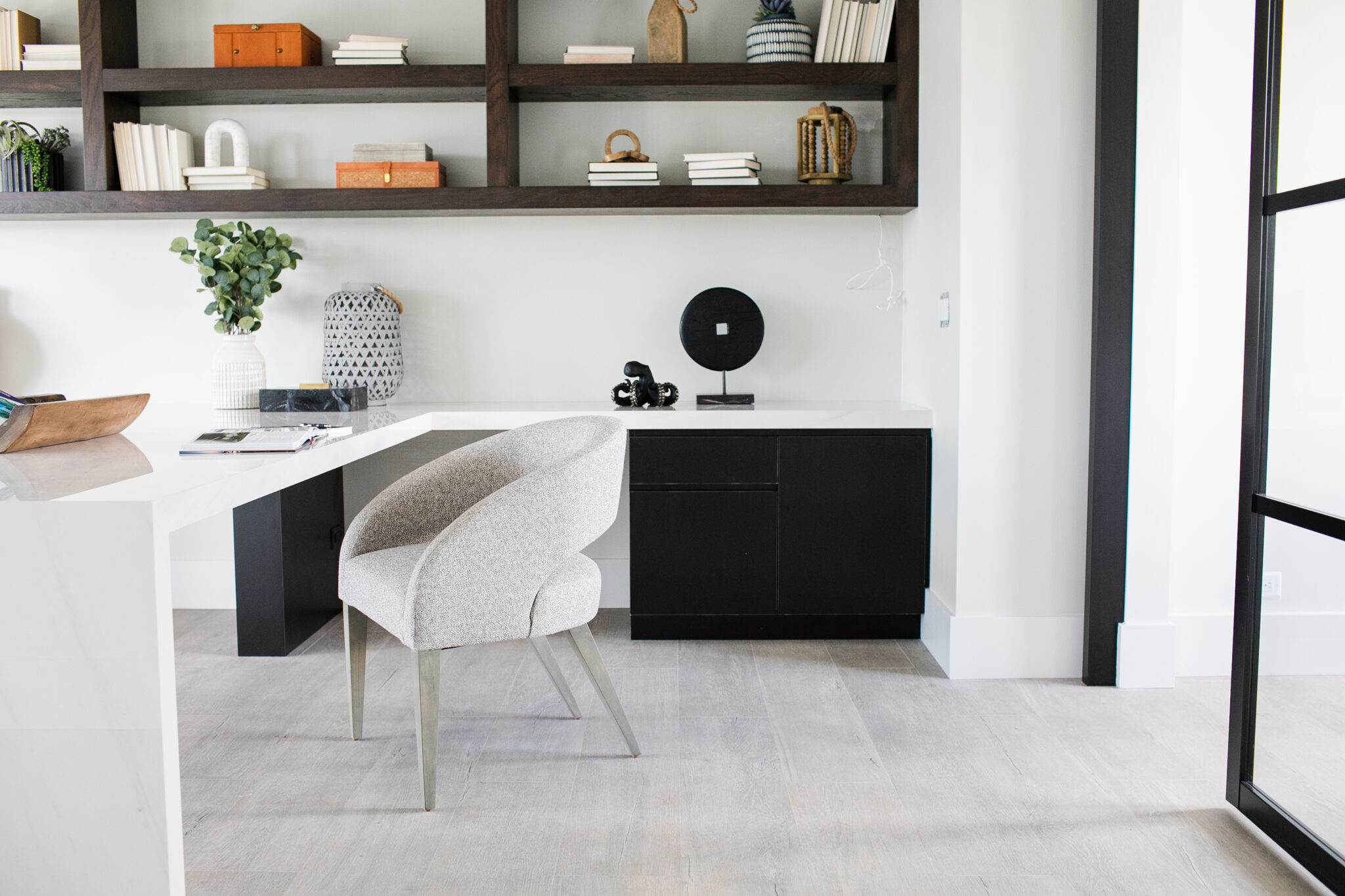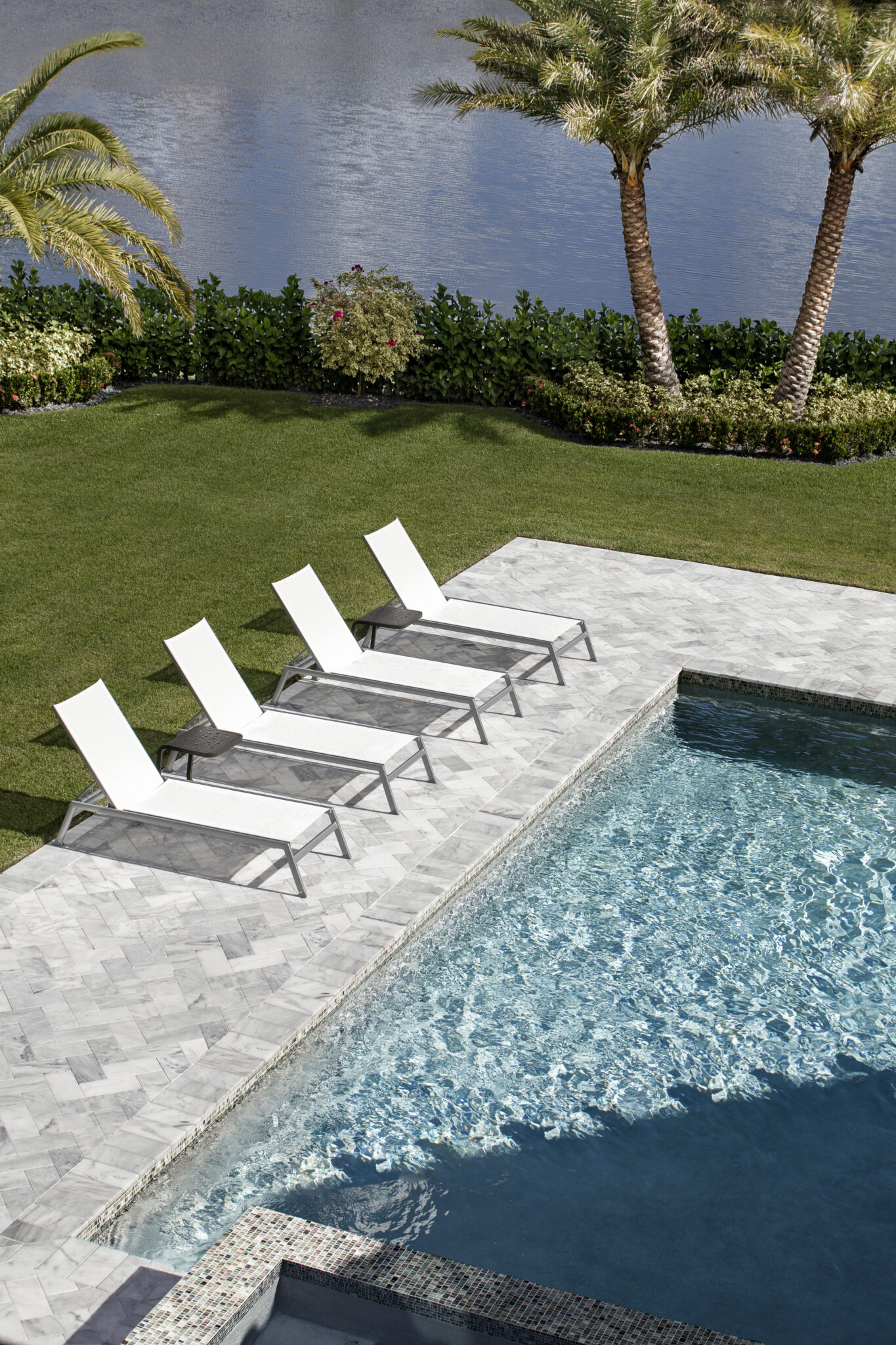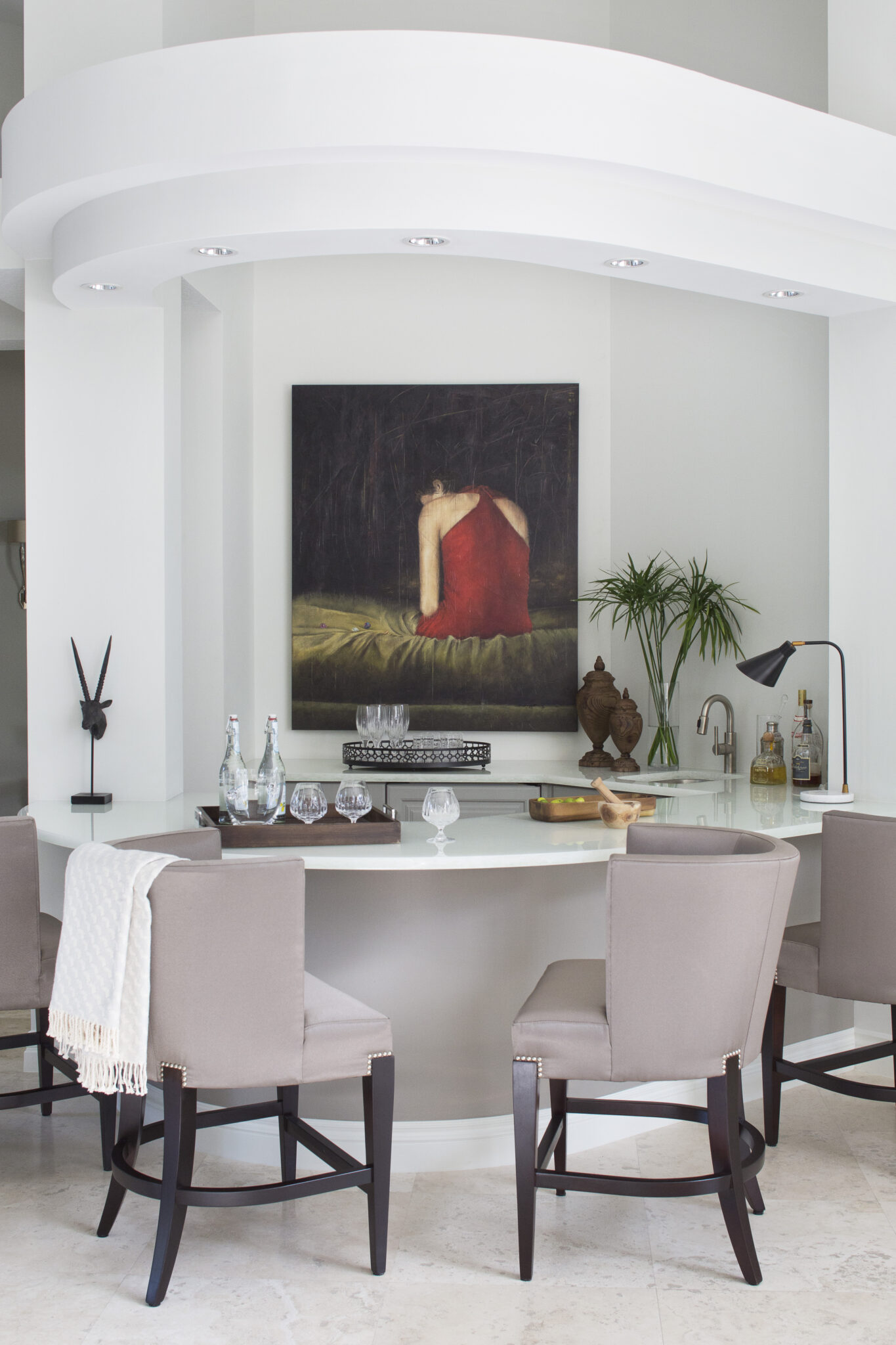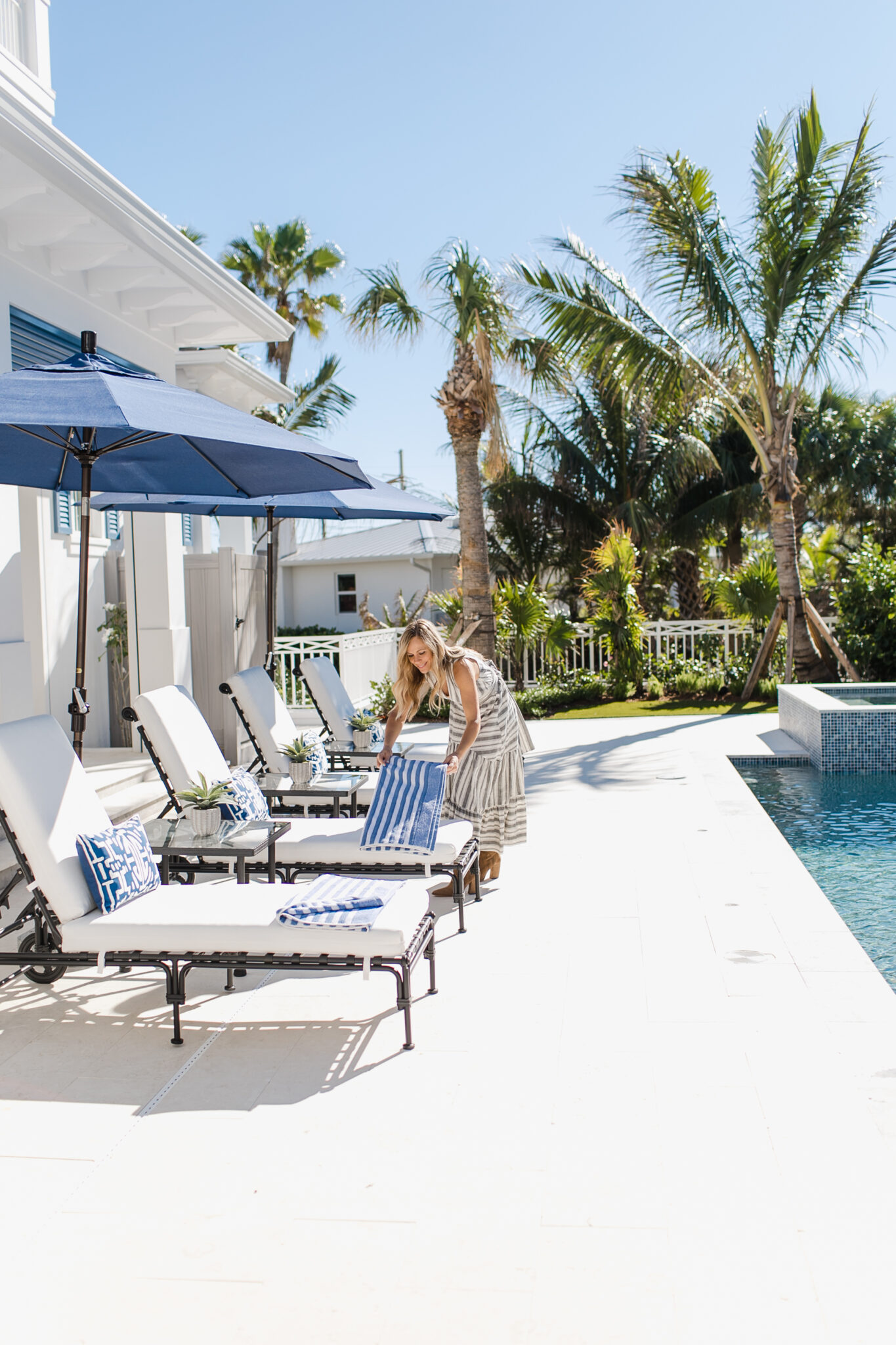Why Investing in Interior Design Will Add Value to Your Life
When we think about improving our quality of life, we often consider factors like health, relationships, and careers. However, the environment we live in plays a crucial role in our overall well-being. Great interior design is not just about making a space look beautiful—it’s about creating an environment that enhances your daily life, boosts your mood, and supports your overall well-being. Here’s how thoughtful interior design can significantly improve your quality of life.

Interior Design by Krista + Home. Photography by Eve Greendale.
Creating a Space That Reflects Your Personality
Your home should reflect who you are. When your interior design aligns with your personal style, it creates a sense of belonging and comfort. Whether you prefer a minimalist, modern look or a cozy, eclectic vibe, a well-designed space can make you feel more connected to your environment. This connection to your surroundings fosters a sense of peace and satisfaction.

Interior Design by Krista + Home. Photography by Eve Greendale.
Enhancing Functionality and Efficiency
A great interior design doesn’t just look good—it works well, too. Thoughtful design ensures that your space is functional and meets your daily needs. From optimizing room layouts to selecting furniture that fits your lifestyle, good design makes your home more efficient and easier to live in. This can save you time, reduce stress, and make daily tasks more enjoyable.

Improving Mental Well-Being
The colors, lighting, and layout of a room can have a profound impact on your mood and mental health. Bright, airy spaces with natural light can boost your mood and energy levels, while darker, cozier rooms can promote relaxation and calm. Incorporating elements of nature, like plants or natural materials, can also reduce stress and enhance feelings of well-being. A well-designed space can help you feel more relaxed, focused, and positive.

Encouraging Social Interaction
Your home is a place to connect with others, and great interior design can create spaces that encourage social interaction. Whether it’s a welcoming living room, a cozy dining area, or an inviting outdoor space, well-designed areas make it easier to entertain guests and enjoy quality time with family and friends. Creating a warm, inviting atmosphere can enhance your social life and strengthen your relationships.
Promoting Better Physical Health
Interior design can also have a direct impact on your physical health. Ergonomic furniture can prevent strain and injury, while good lighting can reduce eye strain and improve sleep patterns. Additionally, a well-ventilated, clean, and organized space can improve air quality and reduce allergens, contributing to better overall health.

Supporting a Balanced Lifestyle
The design of your home can support your lifestyle choices and help you maintain balance. For instance, a dedicated home office can increase productivity while allowing you to separate work from relaxation. A well-designed kitchen can inspire healthier eating habits, and a peaceful bedroom can promote better sleep. By aligning your home’s design with your lifestyle goals, you create an environment that supports and enhances your daily routines.

Increasing Your Home’s Value
While the primary goal of interior design is to improve your quality of life, it also has the added benefit of increasing your home’s value. A beautifully designed, functional space is more attractive to potential buyers and can significantly raise the market value of your property. This can provide long-term financial benefits and peace of mind.
Final Thoughts
Great interior design is more than just aesthetics—creating a space that improves every aspect of your life. By reflecting your personality, enhancing functionality, boosting mental and physical well-being, and fostering social connections, thoughtful design can have a profound impact on your overall quality of life. Investing in good design is an investment in your happiness, health, and future. So, take the time to create a home that truly supports and enriches your life.

